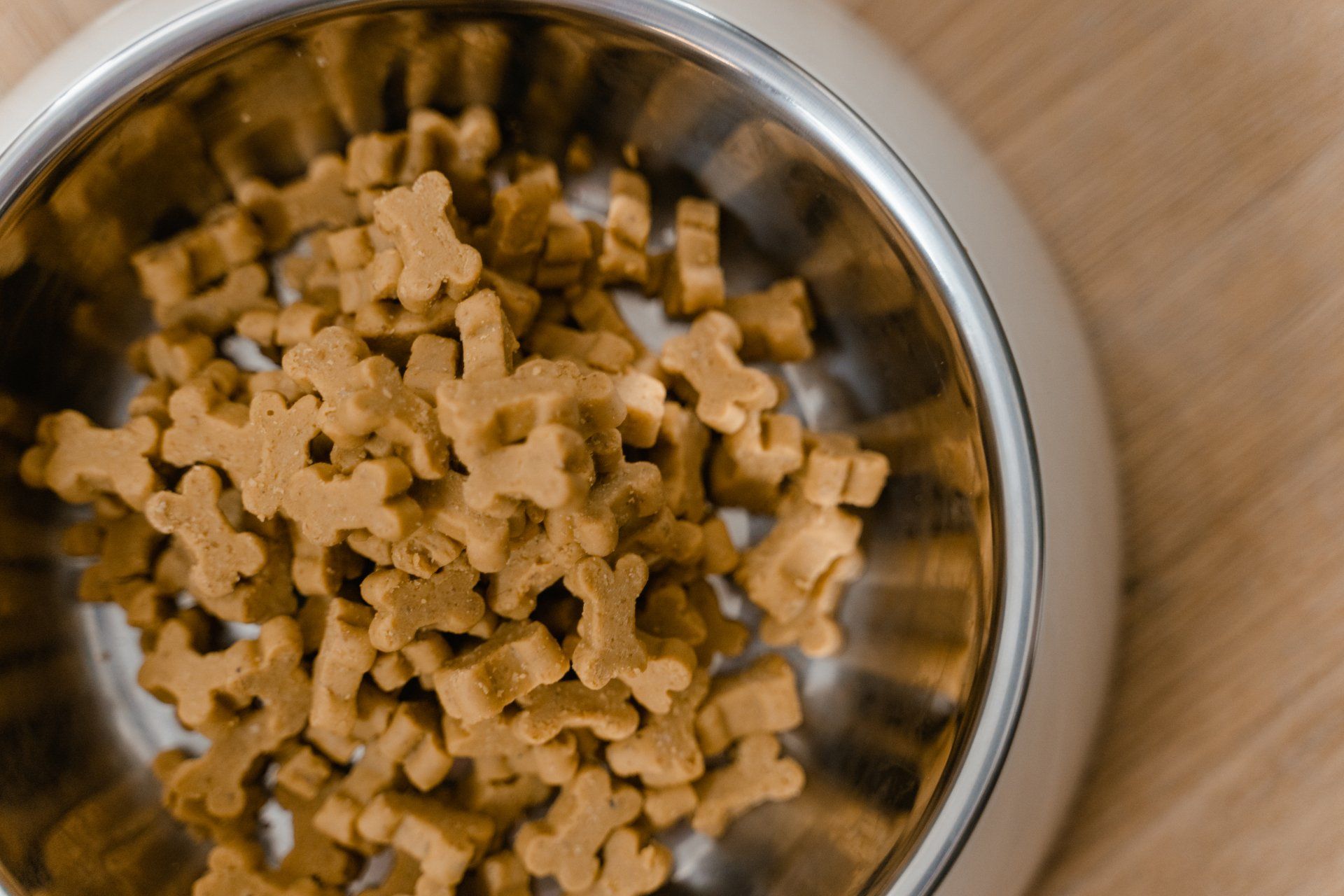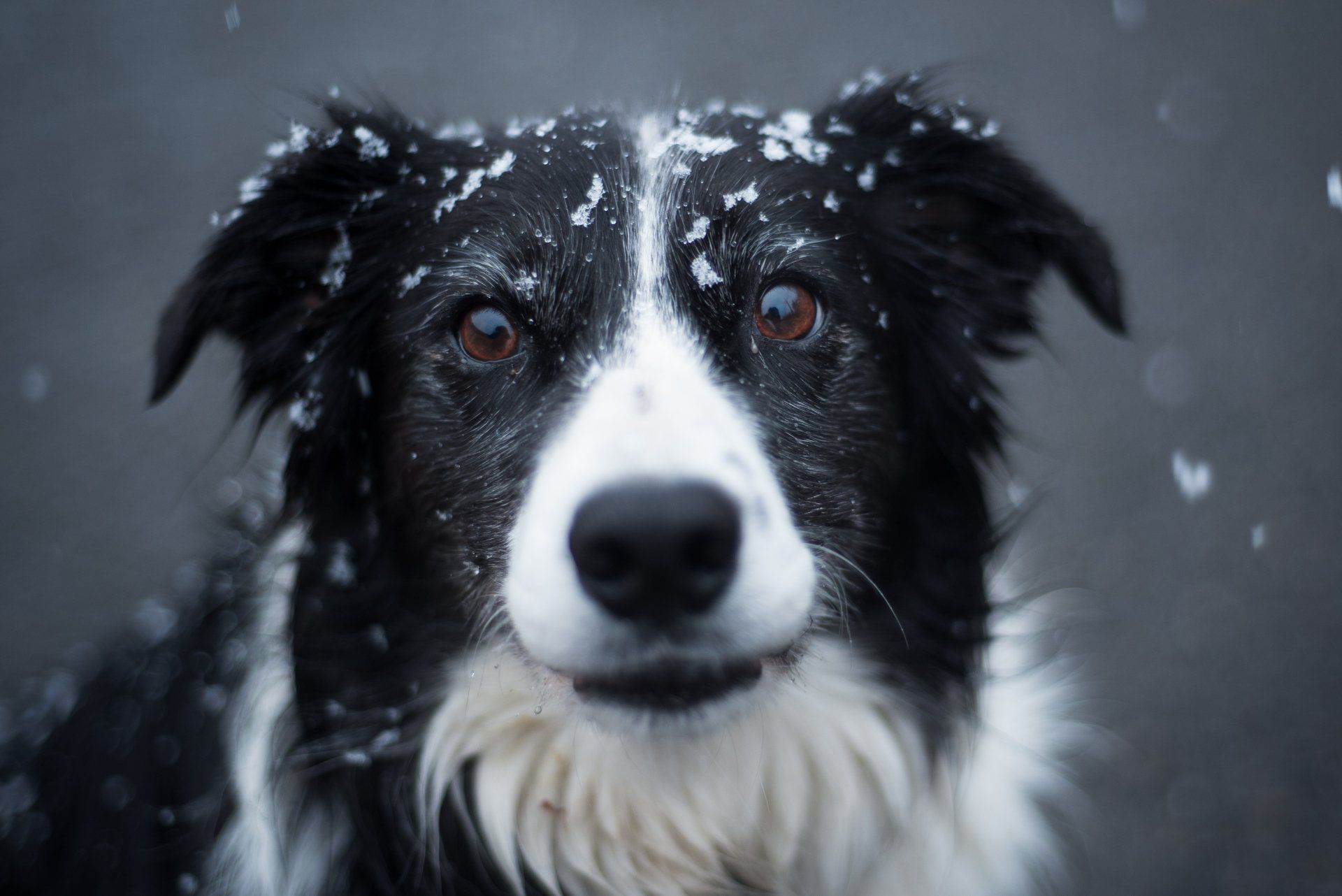Get in touch
555-555-5555
mymail@mailservice.com

Home Dental Care for Your Pet
The most important part of keeping your dog or cat’s mouth healthy is home care starting from an early age. Daily removal of plaque, which is a film of bacteria and saliva, is essential - after 24 hours, plaque adheres to teeth and paves the way for dental disease. Far and away the most crucial part of home dental care is daily tooth brushing. Since plaque sticks to teeth in 24 hours, brushing to manually remove that plaque is key. Below we will dive into tooth brushing and other aspects of home dental care to keep your pet’s mouth healthy and comfortable.
Active dental care
Active dental care involves an action by you, the pet owner, and includes tooth brushing and the use of oral rinses.
Tooth brushing
The only required tool for tooth brushing is the brush itself - toothpaste is helpful, but not essential, since the mechanical action of brushing will remove plaque. There are dog and cat specific brushes, but a soft-bristled human toothbrush will work just fine. Some pets will even tolerate an electric toothbrush with enough training! Toothpaste is optional, but can be helpful as it comes in pet-friendly flavors like beef or chicken. Since our pets can’t rinse and spit, human toothpastes shouldn’t be used as they are not meant to be swallowed. Keep in mind that the vast majority of dogs and cats will not tolerate tooth brushing without training. The most success comes with starting young, going slow, and making brushing a part of the daily routine that is followed by a reward to make it a positive experience.
Fortunately, priority should be on the outer surfaces (buccal) of the tooth touching the lips. When brushing the buccal surface, you don’t need to open your pet’s mouth - just lift the lips for the front teeth and slide the brush inside the cheek for the back teeth. Over time, if your pet lets you, brushing the inner aspects is also helpful. Angling the brush at 45 degrees and focusing along the gum margin will lead to best results.
Oral rinses
There are a couple different kinds of oral rinses. One contains an antiseptic solution called chlorhexidine that can help reduce bacterial populations and gingivitis. Another has zinc ascorbate gel which can reduce plaque and gingivitis. The rinse should be applied to the tooth and gum surface.

Passive dental care
Passive dental care requires less work at home because it’s easier to do, but is not as effective as active dental care. This category of home care includes treats and chews, supplements, and certain foods. Ideally, passive and active home dental care are used together to help keep up with oral care.
Veterinary Oral Health Council (VOHC)
There are so many passive dental care products on the market and it can be difficult to know which are effective. There is a group called the Veterinary Oral Health Council (VOHC.org), which vets the claims made by a brand for a particular product including diets and chews. Using products that have their seal of acceptance is an easy way to know you’ve found a high quality treat, diet, or supplement.
Dental diets
There is a common misconception that feeding regular crunchy kibble helps prevent dental disease. For any benefit to occur, kibble would need to break apart at the gum margin, but that is not where most food is chewed and broken apart. Studies have shown that there is a benefit to feeding a commercially available diet rather than a home-cooked one.
However, there are specific dental care diets that can be of benefit. Prescription dental diets are especially helpful. These diets are meant to be the main food fed to your dog or cat - not just a treat. These diets have larger, fiber-rich kibble that allows a tooth to sink into the kibble before it breaks apart. Some diets contain additives to help with oral care. Dental diets are not appropriate for all pets, so consultation with your veterinarian is recommended to make a plan.

Dental chews, treats, and other supplements
Products specifically made for oral care can be helpful, especially if they contain the antiseptic chlorhexidine. Dental chews tend to be beneficial for the chewing teeth in the back of the mouth, but have little effect on the teeth in the front (incisors and canines). Don’t forget to check for the VOHC seal of acceptance!
There are risks to consider when using dental chews and treats. For example, rawhide-type chews can cause gastrointestinal upset or get stuck in the throat or stomach if not broken down enough before swallowing. Items that are too hard like animal bones or antlers can fracture teeth, which can cause pain and infection and requires veterinary care. Products that can be indented with your thumb nail are soft enough for chewing. And remember that anything your pet eats contains calories and can contribute to weight gain.
There are water and food additives available for passive home dental care. When choosing a product, be sure to use the VOHC as a resource.
Veterinary intervention
Even with vigilant home care, routine professional dental work is necessary. This makes sense especially when you consider that humans brush their teeth multiple times a day and have cleanings twice a year. Following the advice of your veterinarian for home care and when to pursue an anesthetized complete oral health assessment and treatment will lead to the best outcome for your pet.



